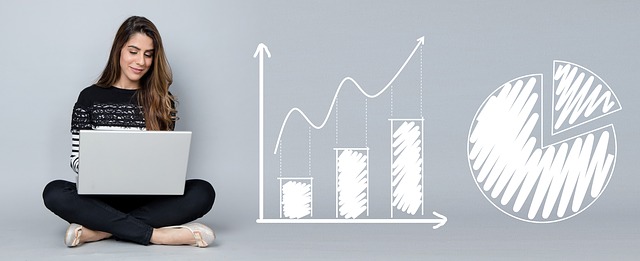Before clicking on this article, a number of possibilities probably crossed your mind about the one thing that you must do right when investing in stocks. They might have included avoiding losers, holding on to your winners, buying stocks that offer safe dividends, buying stocks that have outperformed in the long term, etc. All of these are good ideas.
The one thing you must do right when investing in stocks is to preserve your capital, which includes avoiding companies that don’t sync well with your temperament. In fact, most investors would probably be better off looking out for quality businesses and buying them at good valuations.

A quality business at a good valuation
Any company with a credit rating of BBB- or better is investment grade. If you’re really set on quality, buy companies with an A-grade credit rating.
However, it’s not enough to just focus on credit ratings. Is the company cyclical? If it is, its earnings can have large swings over multiple years, and you’ll need to be more careful with your entry points.
Bank of Nova Scotia (TSX:BNS)(NYSE:BNS), or Scotiabank, has been awarded an S&P credit rating of A+. Its business is non-cyclical, as demonstrated by its pretty stable earnings per share that have increased over time.
The stock trades at a price-to-earnings ratio of about 11.2, which is slightly undervalued compared to the bank’s long-term normal multiple of about 12.4, which implies a fair price of close to $87 per share. So, the stock is undervalued by nearly 13%.
Safe, growing dividends help a lot
About a third of long-term returns come from dividends. So, it’ll help with your long-term returns as well as give you a better peace of mind by investing in a dividend-growth stock like Scotiabank.
Scotiabank’s stable, growing earnings have allowed the bank to maintain a safe, growing dividend. It has increased its dividend for the last 43 of 45 years. At under $76 per share, Scotiabank offers a decent yield of 4.3%.
Those who dislike the high fees from banks can consider owning some bank stocks to generate dividends that more than cover the banking fees.
Investor takeaway
Before thinking about what kind of returns you might get from a stock investment, think about what potential downside it has. This should help put in perspective with regards to how much of your portfolio (if any) should be placed in the stock. As well, you’ll be more cognizant of the valuation you’ll pay for a company. Capital preservation should come before returns.








